10 Interesting Facts You Didn't Know About Latvia
This page contains affiliate links. This means that I get a commission if you purchase through my links, at no cost to you.
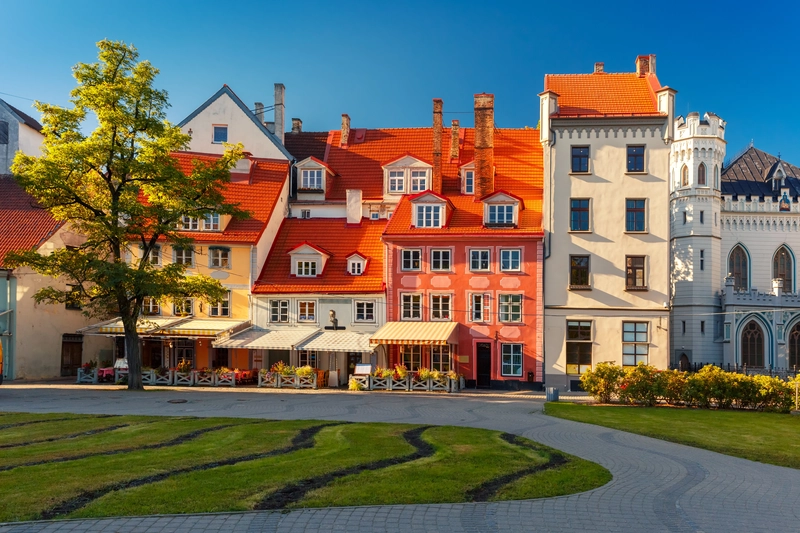
Latvia, nestled in the Baltic region of Northern Europe, is a hidden gem waiting to be discovered. Despite its small size, this country is rich in history, culture, and unique surprises. From serene landscapes to vibrant traditions, here are 10 fascinating facts about Latvia that will deepen your appreciation for this remarkable place.
- Table of Contents
1. A Myriad of Lakes
Latvia is often called the ‘Land of a Thousand Lakes,’ and it’s easy to see why. The country has over 12,000 rivers and 3,000 lakes that shape its beautiful landscape. These waters are more than just scenic, they’re also rich in history and local legends. For instance, Lake Burtnieks is believed to be home to a mythical water spirit that locals say controls the lake. These lakes have played a key role in Latvian culture, inspiring folk songs and stories for generations. They also offer a perfect escape for those who love fishing, boating, or simply enjoying the peaceful surroundings.
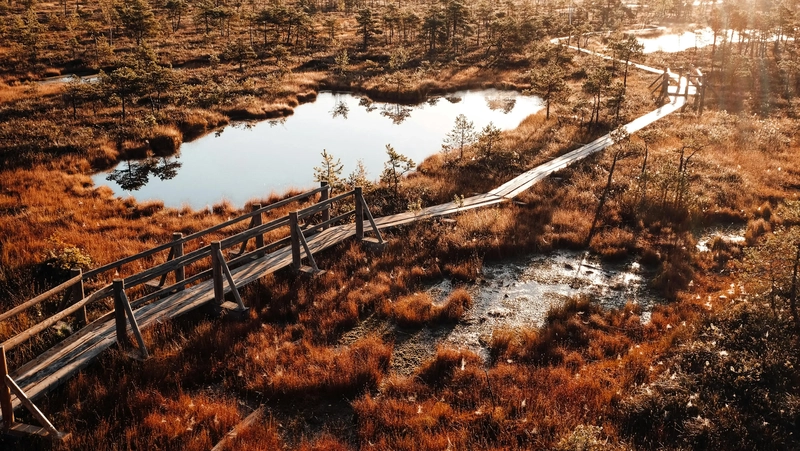
2. An Ancient Language
Sveiki! The Latvian language is a key part of Latvian identity and culture. It’s one of the only two surviving languages in the Baltic branch of the Indo-European language family, along with Lithuanian. What makes Latvian so interesting is that it has kept many ancient features that have disappeared from other languages, even sharing some similarities with Sanskrit.
Throughout history, Latvian faced many challenges, especially during periods of foreign rule when the language was at risk. Despite these difficulties, the language has survived and become a strong symbol of national pride. Today, about 1.5 million people speak Latvian, and it’s an important part of everyday life in Latvia, used in schools, media, and daily conversations.
Latvian also played a big role in the 19th-century national awakening, when it helped unite the people. Whether you’re learning to say "Sveiki" (hi) or “Paldies” (thank you) or exploring Latvian literature, getting to know the language is a great way to connect with Latvian culture and its rich history.
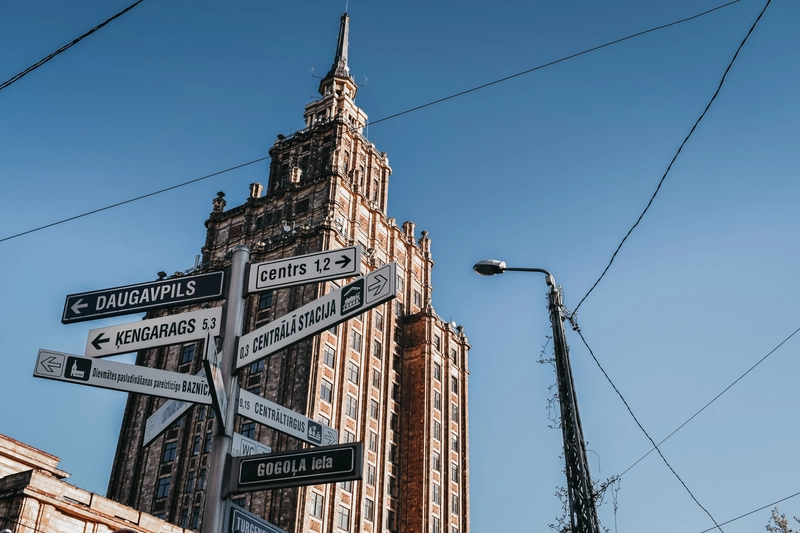
3. The Harmonious Singing Revolution
In the late 1980s and early 1990s, Latvia, along with Estonia and Lithuania, began a peaceful fight for independence from the Soviet Union. This movement, known as the ‘Singing Revolution,’ was unique because it relied on cultural expression instead of violence. Across Latvia, people gathered in large protests, singing traditional songs and anthems that had been part of their culture for generations. These songs became a powerful way to express the deep desire for freedom and unity among the Latvian people.
During this time, the Latvian Song and Dance Festival, which had been a celebration of culture since the 19th century, took on even greater meaning. The festival became a symbol of national pride, where thousands of Latvians came together to sing and show their determination to gain independence.
The Singing Revolution led to Latvia’s successful bid for independence in 1991, ending decades of Soviet rule. This peaceful movement not only brought freedom to Latvia but also showed the world the power of unity and cultural identity. Today, the legacy of the Singing Revolution continues to inspire Latvians and reminds them of the importance of their culture and the strength that comes from standing together.
4. Riga: An Art Nouveau Paradise
Riga, the capital of Latvia, is a treasure for anyone who loves architecture, especially Art Nouveau. The city has one of the largest collections of Art Nouveau buildings in the world, with almost a third of its buildings showcasing this beautiful and detailed style. These buildings are more than just decoration—they reflect the creativity and ambition of the early 20th century when art and architecture were closely connected.
Walking through Riga’s historic center feels like stepping back in time. The streets are filled with buildings that have ornate facades, elaborate sculptures, and whimsical designs, each telling its own story. From flowing floral patterns to mythical creatures, every detail adds to the charm of the city. This rich architectural heritage makes Riga a must-visit for anyone interested in history, art, or just beautiful cityscapes.
One of the most famous examples is the building at Alberta iela 13. This striking structure stands out with its bright blue façade and mystical sphinxes at the entrance. It perfectly shows how Riga’s Art Nouveau style mixes elegance with a touch of fantasy, making the city a unique and fascinating place to explore.
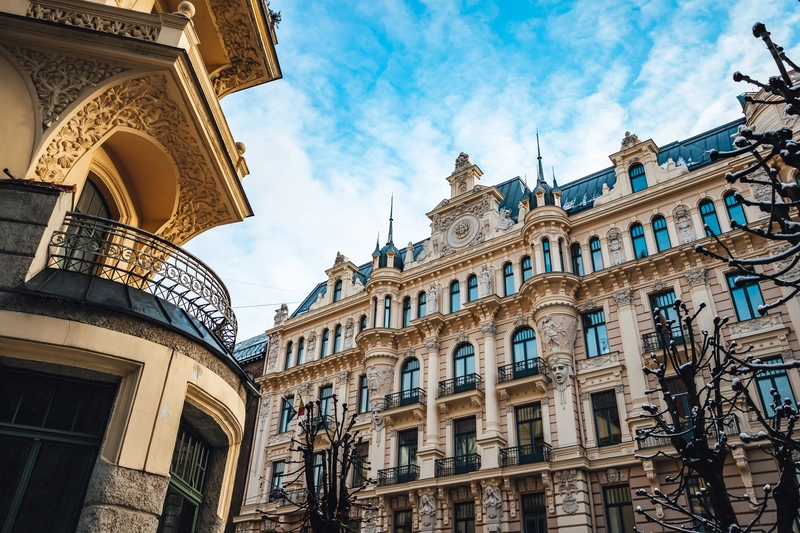
5. Bond of the Baltic Way
In 1989, about two million people from Latvia, Estonia, and Lithuania joined hands to form a human chain that stretched over 600 kilometers. This incredible event, known as the Baltic Way, was a powerful symbol of unity among these three nations. Men, women, and children stood hand in hand, connecting their capitals—Tallinn, Riga, and Vilnius—in a peaceful protest against Soviet rule.
The Baltic Way wasn’t just about holding hands; it was a deeply emotional act that showed the world the strong bond between these countries. The people of Latvia, Estonia, and Lithuania wanted freedom and independence from Soviet control, and this human chain symbolized their shared hopes and determination to achieve it.
This peaceful protest was a turning point in their fight for independence. It demonstrated the power of unity and nonviolent resistance, proving that people can achieve great things when they stand together. Today, the Baltic Way is remembered as a proud and important moment in the history of Latvia, Estonia, and Lithuania, marking their journey toward freedom.
6. Nature's Haven
Latvia is full of natural beauty. The country has peaceful beaches along the Baltic Sea, lush forests, and quiet marshes, making it a great place for nature lovers.
Latvia’s wild areas are home to many animals, including some rare ones like the European lynx and the black stork. These creatures live in the untouched forests and remote areas of the country, making it a perfect spot for wildlife watching.
The country also has scenic rivers, rolling hills, and clear lakes, perfect for kayaking, fishing, and swimming. Birdwatchers will find plenty to see, as many birds pass through Latvia on their migration routes.
For those who love hiking and exploring, Latvia has many trails that go through forests, along the coast, and into peaceful marshes. Whether you want a tough hike or a relaxing walk, Latvia’s trails offer a great way to enjoy the country’s natural beauty. With so much unspoiled wilderness, Latvia is a wonderful place for anyone who loves the outdoors.
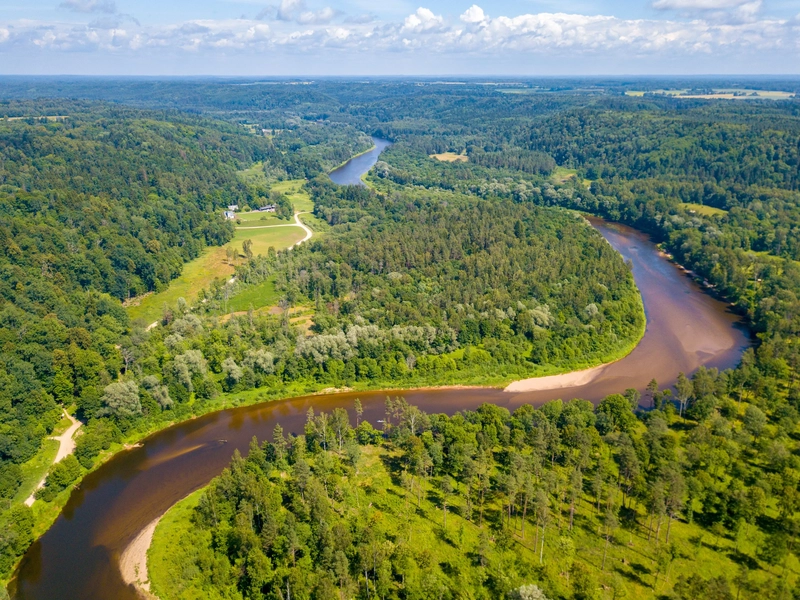
7. Jāņi: The Festive Midsummer Celebration
Jāņi, Latvia’s Midsummer Festival, celebrates the summer solstice, when the days are long and the nights are short. This ancient festival dates back to pre-Christian times and is one of Latvia’s most important cultural events.
During Jāņi, people make wreaths from oak leaves and flowers, light bonfires, and dance to lively folk music.
But it’s more than just a party. It’s a deep connection to nature and the changing seasons. Families and friends come together to enjoy the warmth and energy of summer, reflecting Latvia’s strong sense of community.
A special tradition during Jāņi is jumping over bonfires, believed to cleanse and protect against negative energies. The festival continues to evolve, blending modern music and customs while keeping the essence of Jāņi alive.
8. The Magical Amber
Latvia’s Baltic Sea coastline hides a special treasure: Baltic amber, also known as “Baltic gold.” This fossilized tree resin comes in a range of beautiful colors, from deep reds to bright yellows.
According to local legend, amber is the tears of a goddess, shed for a lost love, and each piece carries her sorrow and beauty. The shores of Latvia are perfect for finding these treasures washed up by the sea.
Amber has been cherished for centuries, not just for its beauty, but also for its supposed healing powers, believed to ward off illness and promote well-being. Visitors can explore amber workshops in Latvia to learn about its rich history, see how it’s extracted, and admire the craftsmanship that turns it into stunning jewelry and art.
In addition to these workshops, there are numerous shops and street vendors, especially in Riga, where you can buy beautifully crafted amber pieces. These vendors offer a wide selection of amber jewelry and ornaments, allowing visitors to take home a piece of Latvia’s natural and cultural heritage.
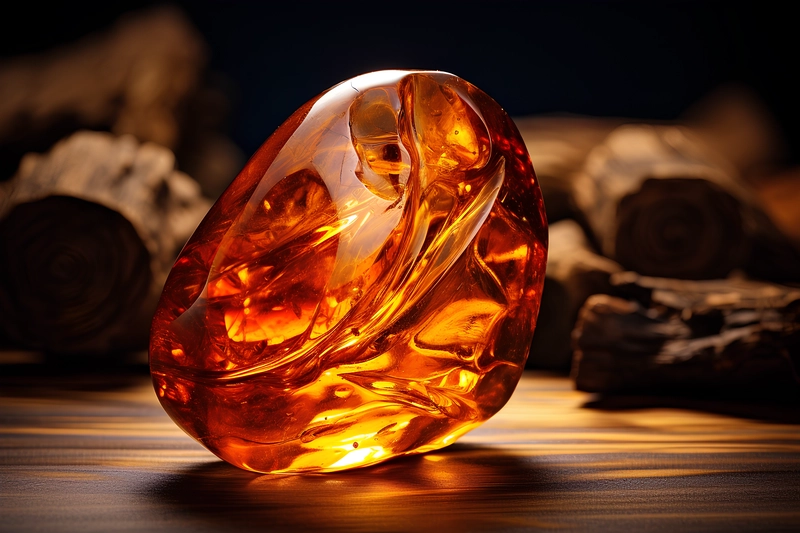
9. Artistry in Tradition
Latvia’s traditional crafts are a big part of the country’s history and culture. For centuries, Latvian artisans have made beautiful items that connect the past to the present. These crafts aren’t just objects, but help keep Latvia’s culture alive and are passed down through generations.
Skilled artisans in Latvia continue to create many traditional crafts. Detailed woodcarvings are especially admired, often inspired by nature. These carvings can be found in furniture, decorations, and other items, each with its own story or meaning in Latvian culture.
Woven textiles are another important tradition. Latvian weavers use traditional looms to make fabrics with geometric patterns and bright colors. These textiles are used in clothing and home decor and are important in cultural celebrations and daily life.
Latvia is also known for its ceramics and porcelain. Potters and porcelain makers use old techniques to create items that are both useful and beautiful. These pieces often have natural colors and simple designs that reflect Latvia’s landscape. In Riga, the Porcelain Museum shows off many beautiful examples of Latvian porcelain. Visitors can see delicate works of art and learn about how they are made.
These traditional crafts do more than just show artistic skill. They help keep Latvia’s cultural heritage alive. By continuing these old techniques, Latvian artisans make sure that the skills, stories, and traditions of the past are not lost. Each handcrafted item reflects the creative spirit of Latvia and shows how its rich history continues to inspire its art today.
10. Secrets of the Baltic Coast
Latvia’s Baltic Sea coastline is a beautiful place with many hidden treasures to discover. The long, sandy beaches offer a peaceful escape where you can enjoy the sound of the waves and the fresh sea breeze. One of the most unique experiences along this coastline is the ‘singing sand.’ As you walk on certain beaches, you might hear a soft, musical sound coming from the sand under your feet. This rare sound happens when the grains of sand rub together just right, adding a touch of magic to your walk.
But there’s more to the Baltic Sea coastline than just the singing sand. You’ll find charming fishing villages along the shore, each with its own special character. These villages have quaint houses and small harbors that show the traditional way of life in Latvia. The locals are friendly, and visitors can enjoy fresh seafood, learn about fishing traditions, and even join in local festivals that celebrate the sea.
As you explore, you’ll also come across historic lighthouses that have guided ships safely through these waters for many years. These lighthouses are not only important landmarks but also offer amazing views of the coastline. Climbing to the top of a lighthouse gives you a panoramic view of the Baltic Sea, where you can watch the waves and take in the beautiful scenery.
The coastline is full of picturesque landscapes, with sandy beaches, rocky shores, and green forests. It’s a great place for nature lovers and photographers. Whether you’re spending a relaxing day at the beach, hiking along the coastal trails, or watching the sunset over the sea, the beauty and calm of Latvia’s Baltic Sea coastline make it a must-visit destination.
Conclusion
Latvia may seem like a modest destination, but it’s full of cultural, historical, and natural wonders waiting to be discovered. From its ancient language to its role in the Singing Revolution, Latvia has a rich story to tell.
Whether you’re drawn to the stunning Art Nouveau architecture of Riga, the peaceful lakes and forests, or the deep-rooted traditions that thrive here, Latvia offers a unique and unforgettable experience.
Explore this captivating country and discover why Latvia has become one of my favorite places in the world.







Leave a Comment
Your email address will not be published. Required fields are marked *